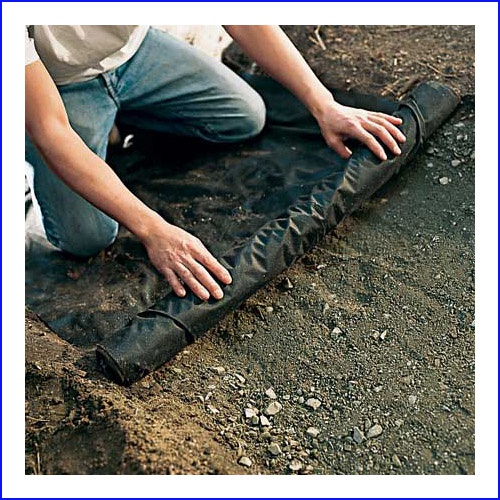Instruction
1
Before you start to lay the roofing material, you must prepare the surface that will subsequently be stacked to the roof. There should not be cracks or gouges. If necessary, they are sealed with cement mortar.
2
After complete drying of the screed surface covered with a layer of primer. It will connect the remaining debris and make the surface more smooth.
3
If you are not able to buy a ready-made primer, it is not difficult to make your own, mix approximately 4-5 litres of bitumen and 5-6 liters of kerosene. As a filler you can use 1.5 kg of finely powdered chalk or talc.
4
Before you begin working with a roofingohms, the coils unwind, and leave in this position for at least a day. Laying roofing feltand should be carried out in dry, calm weather, at an ambient temperature of not less than 10 ° C.
5
Begin to lay the roofing material with the lowest part of the roof. On the prepared surface apply a layer of glue or mastic. Starting from the center to the edges, placed the first canvas. In the case of bubbles, they were cut and glued again. Following the canvas is glued with an overlap of not less than 10 cm.
6
To the roof served as long as possible, when laying the roofing feltand the need to take into account the angle of slope of the roof. If it is less than 15 %, layers should be at least 4-5, if more, not less than2. If, in some place of the roof adjacent to a wall or other construction, the number of layers must increase at least two.
7
Once laid the first layer, you need to take a break for 12 hours. It is necessary for complete drying of glue or mastic. It will also allow you to fix flaws, if they were allowed during installation. It is useful to recall that the overlaps on adjacent layers must be offset from each other.
8
On the lower layers need to be laid roofing material RPP brand. It differs in that there are no sandy powder. For the top layer, it is better to use a roofing materialom brand ALAC. At its packing powder at the point of contact webs need to clean off, this will allow much better to glue the neighboring blade. It will not give the excess moisture a chance for leakage through the roof.
Note
If its not very high cost and relatively easy installation, the roof of roofing material has a drawback that it is impossible not to take into account when choosing it - this is a very high fire hazard.
